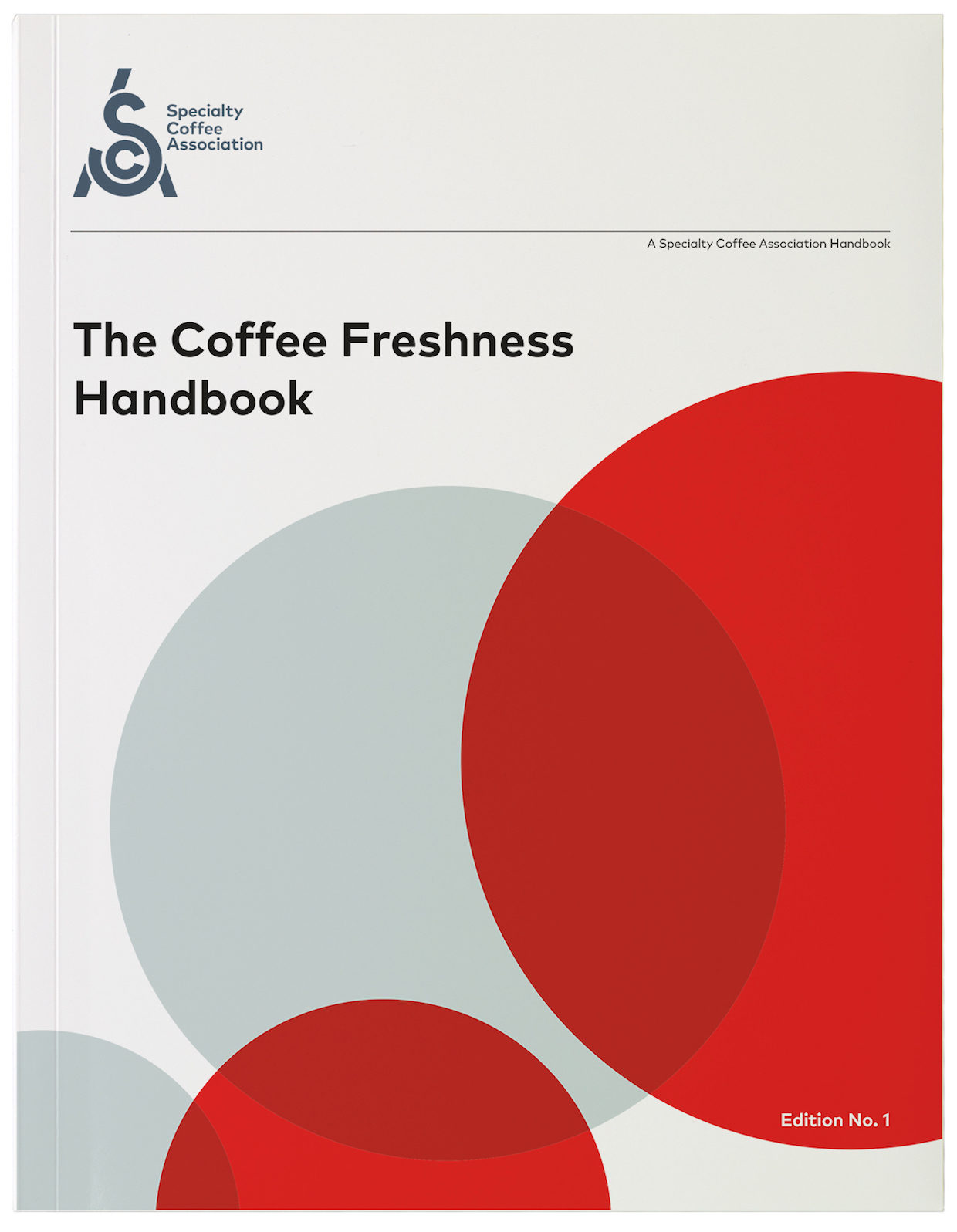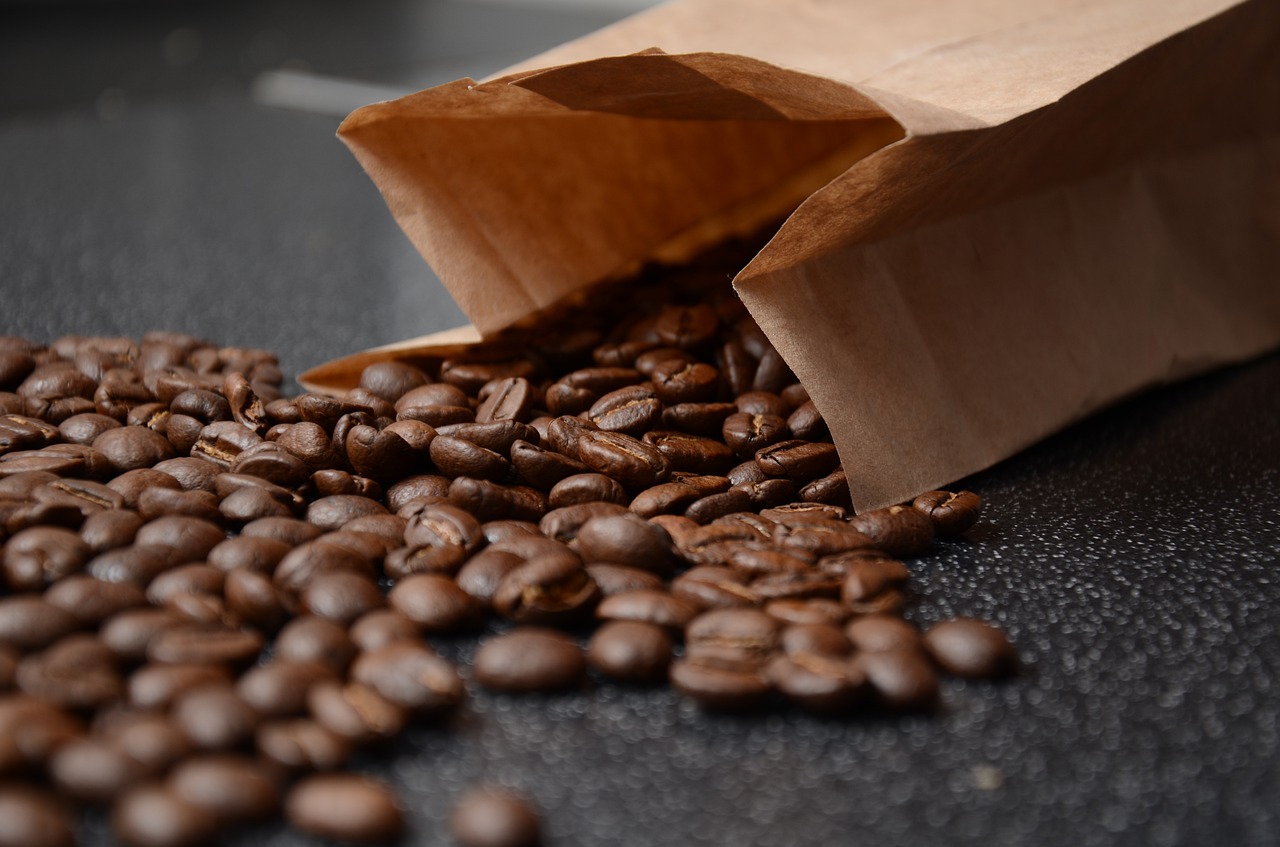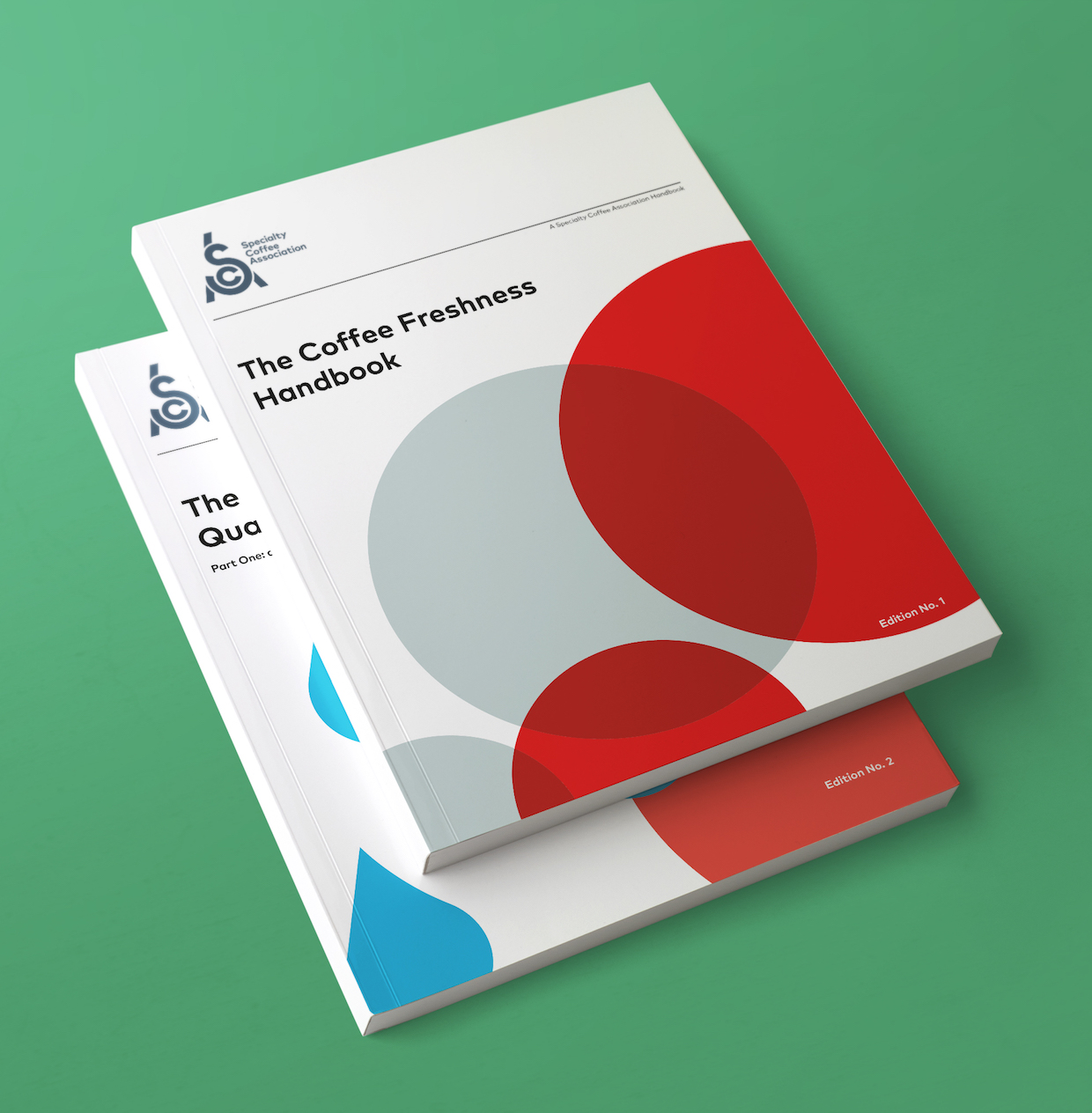In coffee, “freshness” is generally regarded as a positive attribute, one promoted on packages of roasted coffee to suggest a higher standard of quality or even a higher intensity of flavor. But what do we really know about coffee freshness and the impacts of staling on things like flavor or aromatics? Moreover, what do we really know about how staling in coffee actually works or what we might be able to do to mitigate its negative effects?
With these questions in mind, the Specialty Coffee Association (SCA) has published its latest resource, “The Coffee Freshness Handbook,” which debuted at the Specialty Coffee Expo in April.
A combination of original physical research, sensory research, and a survey of other published scientific research on the topic of coffee freshness, the book was authored by coffee scientists and researchers Samo Smrke, Emma Sage, Marco Wellinger and Chahan Yeretzian.
Peter Giuliano, Chief Research Officer for the SCA, spoke with Daily Coffee News about this new resource and the research it presents. There are two main parts to the handbook, according to Giuliano: one with a measurable, quantitative approach; and the other with a sensory, qualitative approach.
In the first part of the handbook, SCA presents recent research and studies in the field of coffee science conducted at the Zurich University of Applied Science (ZHAW).
“In addition to quantitative measurements on coffee staling, this section also looks at packaging materials, and how different variables affect the speed of staling,” Giuliano noted. “It is focused on analyzing the mechanics of coffee freshness, and observing how coffee actually stales.”
The second part of the handbook provides analysis on a set of experimental studies based on sensory perception, conducted by SCA and the Coffee Roasters Guild, exploring freshness and subsequent staling in roasted coffee over time. This set of data and analysis looks at studies measuring the impact of coffee freshness on quality from a sensory perspective, by evaluating the sensory impacts of packaging and aging.
“Of course, there is a lot of overlap between the two sections of the handbook,” said Giuliano, “Our sensory perceptions of roasted coffee not tasting as good when it ages are driven by the physical phenomena that are catalogued in the first part of the book.”
Geared toward coffee retailers and roasters, the handbook provides practical information that businesses can use to make decisions about packaging techniques, rotation strategies and practices for achieving optimal freshness for customers. Additionally, roasters will gain insights on how coffee ages at various roast levels, and how the time affects coffee staling in lighter roasts versus darker roasts.
The handbook also presents new findings on the loss of freshness at the hand of two main drivers during aging: loss of volatile aromatic compounds due to off-gassing; and the formation of new compounds that impart undesirable flavors.
According to Giuliano, one of the most exciting developments with regard to this research was that scientists figured out a new technique for measuring the gases — including carbon dioxide (CO2) and other volatile chemicals — as they leave the bean. A highly sensitive scale was designed to detect the most subtle weight changes as a sample of coffee gradually lost its gases over time. As this method had not been employed previously, the researchers published a scientific paper in the Journal of Agriculture and Food Chemistry called “Time-Resolved Gravimetric Method To Assess Degassing of Roasted Coffee.”
“Because of this development, we got to see some physical measurements of coffee off-gassing for the first time. Previous to this — if you’ve ever seen a curve of how coffee stales — the information has all been theoretical, not based on physical measurements,” said Giuliano. “Researchers also measured some indicator chemicals — some that are good flavors and some that are bad flavors — and as the coffee aged, they watched the measurements of chemicals associated with good flavors go down, and those associated with bad flavors go up. They were able to quantify the physical changes that are taking place from the moment the coffee drops from the roaster to two, four, or six weeks out.”
Giuliano noted that the research presented in the handbook may not be revolutionary in changing the industry’s current notions, or even existing production practices, related to coffee staling, though he is encouraged that there is now a solid body of work to point to regarding freshness.
The handbook is available to buy in print format and digital format from the SCA Store at store.sca.coffee.
Lily Kubota
Lily Kubota is the managing editor and digital content manager for Roast Magazine. She is based in Southern California.









Comment